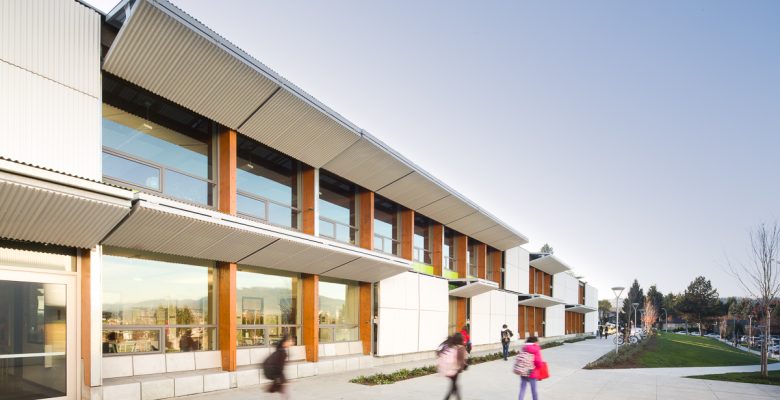This article presents a study of a Pitt River Middle School (built in 2013) and, analyzes how close the project comes to achieving the International Passive House standard and what changes would need to be made to achieve the standard. The article reviews the target metrics associated with the Passive House Standard and processes involved in successful implementation. These processes include overlap of BIM and the Passive House energy modelling process, the impact of thermal bridging and review of specifications for building envelope components. The study finds that the project was designed to achieve annual Energy Use Intensity (EUI) for heating of 48 kwh/m2 (15.3 kBtu/ft2), a 40 percent improvement over a baseline according to ASHRAE standard of 82 kwh/m2 (25.99 kBtu/ft2). The Passive House standard limits this value to 15 kwh/m2 (4.8 kBtu/ft2) an 82 percent improvement over the baseline. Improving the building envelope specification would decrease EUI to 23 kWh/m2 (7.4 kBtu/ft2). To achieve the Passive House standard, several design considerations would require a revisit, specifically form factor (compactness), orientation glazing ratio, etc. These criteria need to be considered early in the design process and analyzed in conjunction with other project goals and architectural requirements.
This article originally appeared in Vol 09.01 of the Perkins+Will Research Journal. CLICK HERE to see the whole article.

